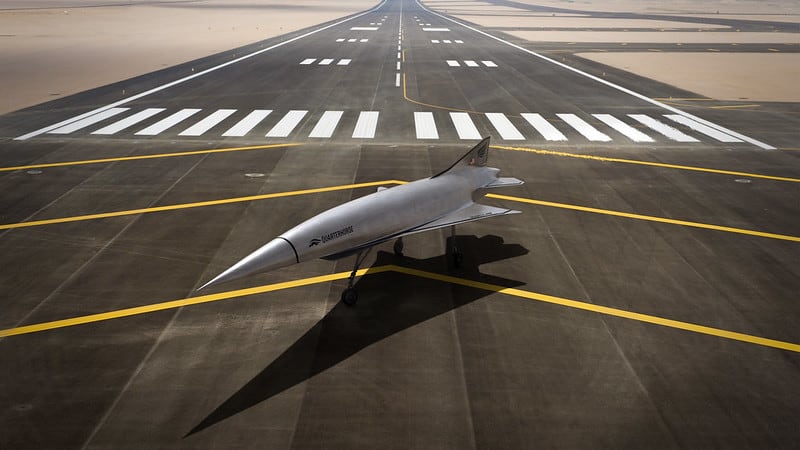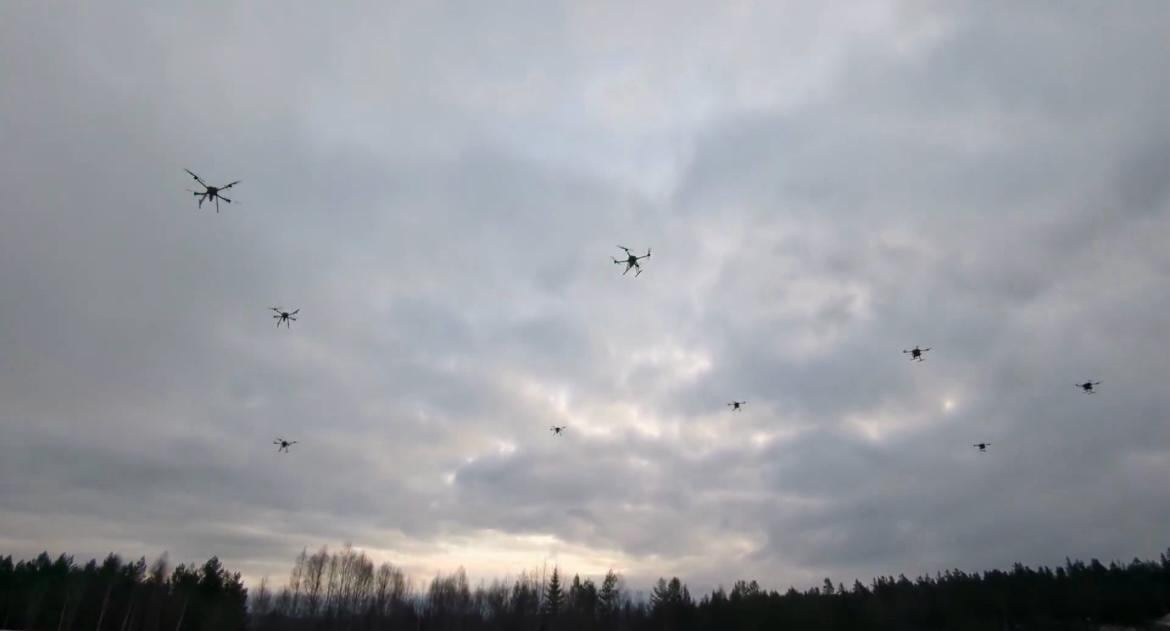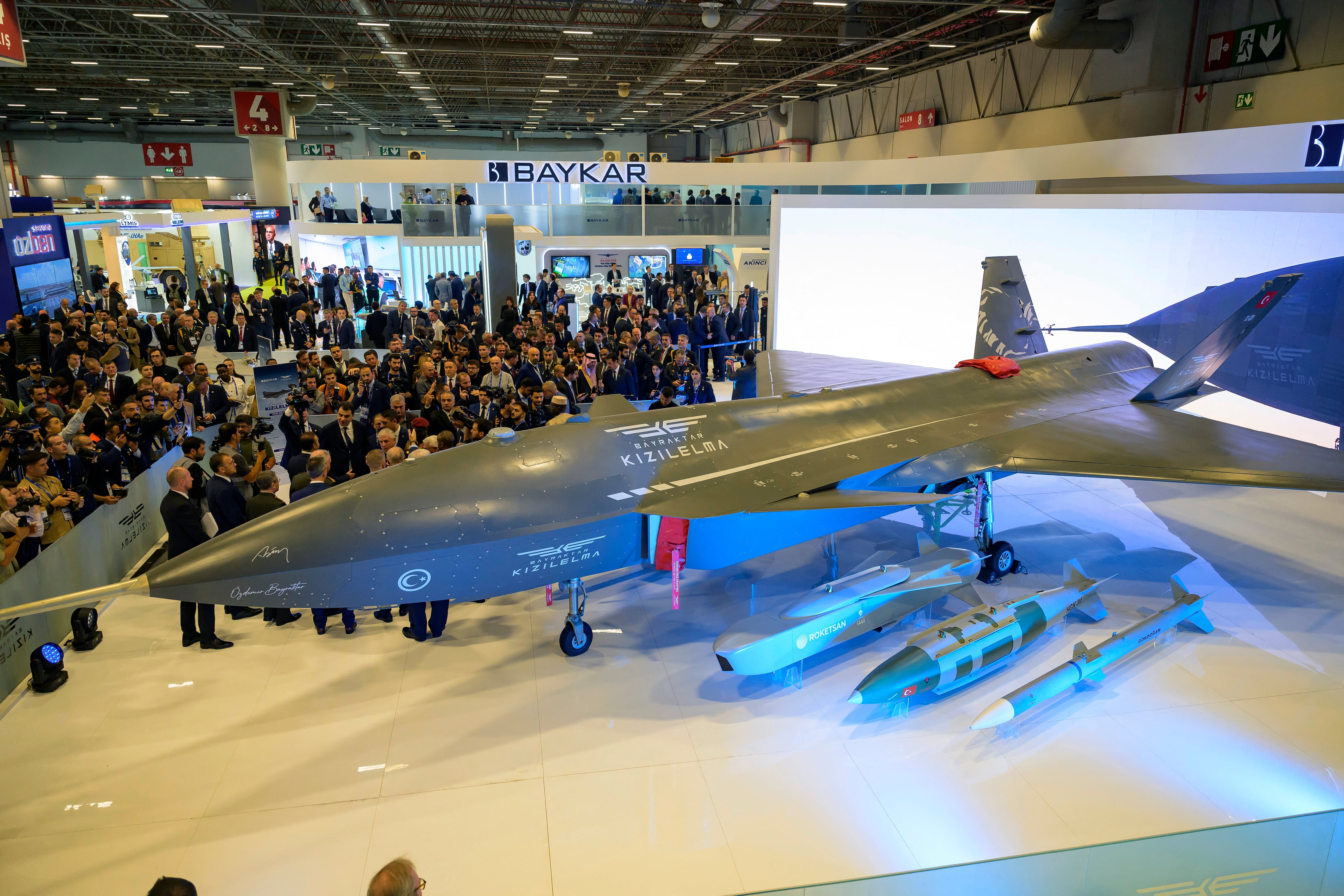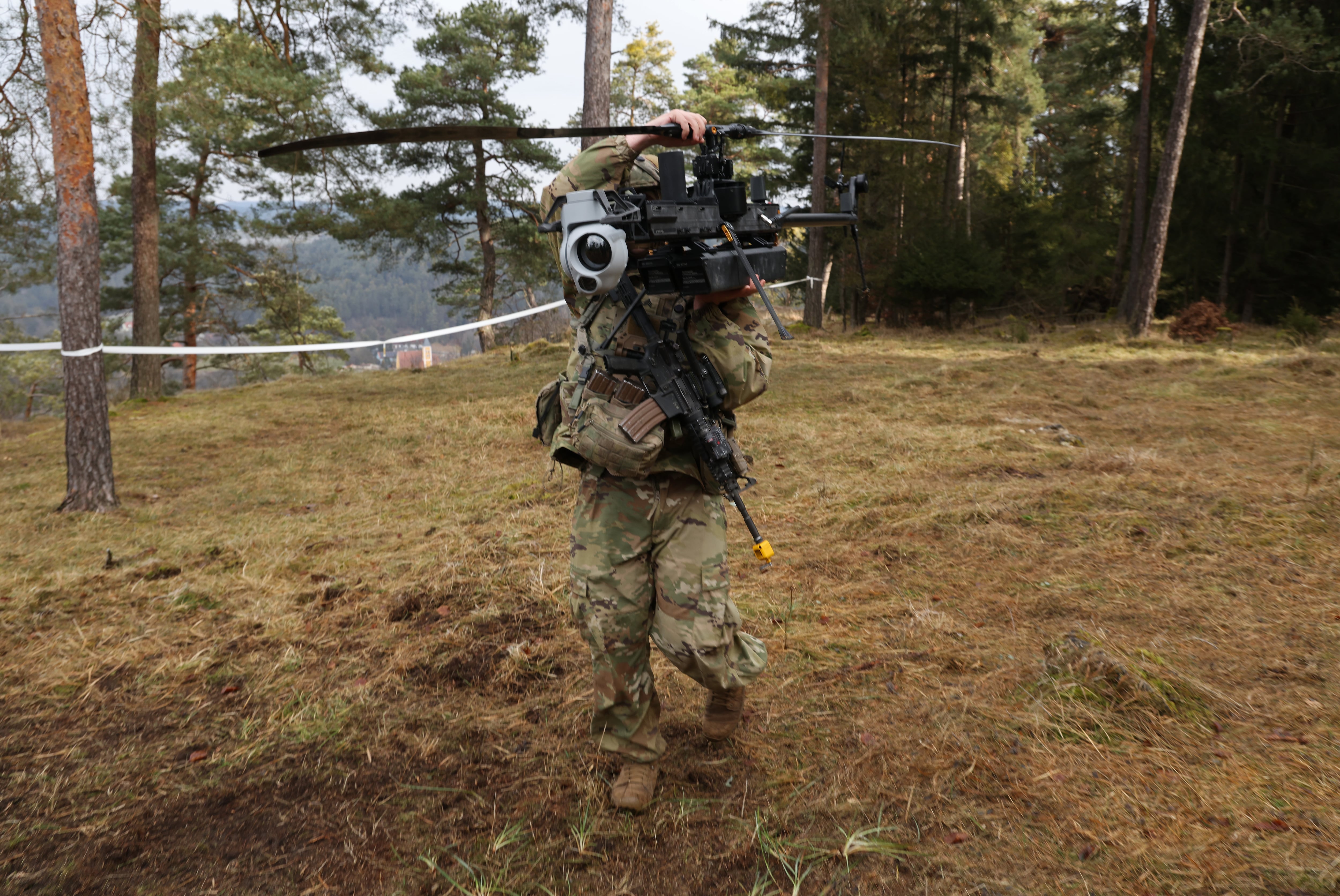Hermeus, a venture capital-backed firm building high-speed aircraft, flew its Quarterhorse vehicle for the first time last week at Edwards Air Force Base in California, the company said.
The aircraft, dubbed Mk 1, is the second iteration of the Quarterhorse high-speed test platform and the first to take flight. Its May 21 flight test brings Hermeus a step closer to its goal of flying the autonomous, reusable vehicle at near-Mach 5 speeds by 2026.
“We’ve proven the viability of our iterative development approach,” Hermeus CEO AJ Piplica said in a statement Tuesday. “But this is just the start. We have much more to do as the bar rises for the next iteration.”
Hermeus had planned to fly Quarterhorse in 2023 and then pushed that date to last summer before eventually hitting the milestone this month. Still, the company touted its ability to go from a clean-sheet design to a flight-ready system in just over a year.
The first flight test focused on validating Quarterhorse’s ability to take off and land, which is a particular challenge for high-speed systems. Hermeus is feeding data from the first flight into its second test vehicle, Mk 2, which is currently being built at the firm’s headquarters in Atlanta.
That aircraft is slated to fly by the end of the year and reach supersonic speeds. It will also enable “novel operational defense capabilities,” the company said.
This early work will push Hermeus toward its larger goal of supplying high-speed platforms to both defense and commercial customers. The company plans to build one aircraft per year — an approach it hopes will position it to address the challenges that come with operationalizing a hypersonic aircraft.
“The company’s approach emphasizes ‘hardware richness’ — building multiple prototypes in quick succession, allowing the team to take well-managed technical risk,” Hermeus said. “While driving technical progress towards high-speed flight, this approach simultaneously enables Hermeus to rapidly develop its team and talent.”
Hypersonic aircraft fly and maneuver at speeds of Mach 5 or higher. The Defense Department has several major programs to develop and field hypersonic weapons and vehicles — including the Air Force’s Hypersonic Attack Cruise Missile and the Army’s Long-Range Hypersonic Weapon — and is interested in potentially using Quarterhorse to help test hypersonic technology.
Along with funding from private investors, Hermeus received early backing from the Air Force Research Laboratory, which awarded the company a $1.5 million contract in 2020, followed by another $60 million deal the following year. The Defense Innovation Unit also chose the firm for its Hypersonic and High-Cadence Airborne Testing Capabilities program, which aims to increase flight test support for Pentagon programs.
Piplica previously told Defense News he expects Quarterhorse to start supporting DOD test events in 2026, around when its Mk 3 vehicle rolls off the line.
Courtney Albon is C4ISRNET’s space and emerging technology reporter. She has covered the U.S. military since 2012, with a focus on the Air Force and Space Force. She has reported on some of the Defense Department’s most significant acquisition, budget and policy challenges.








